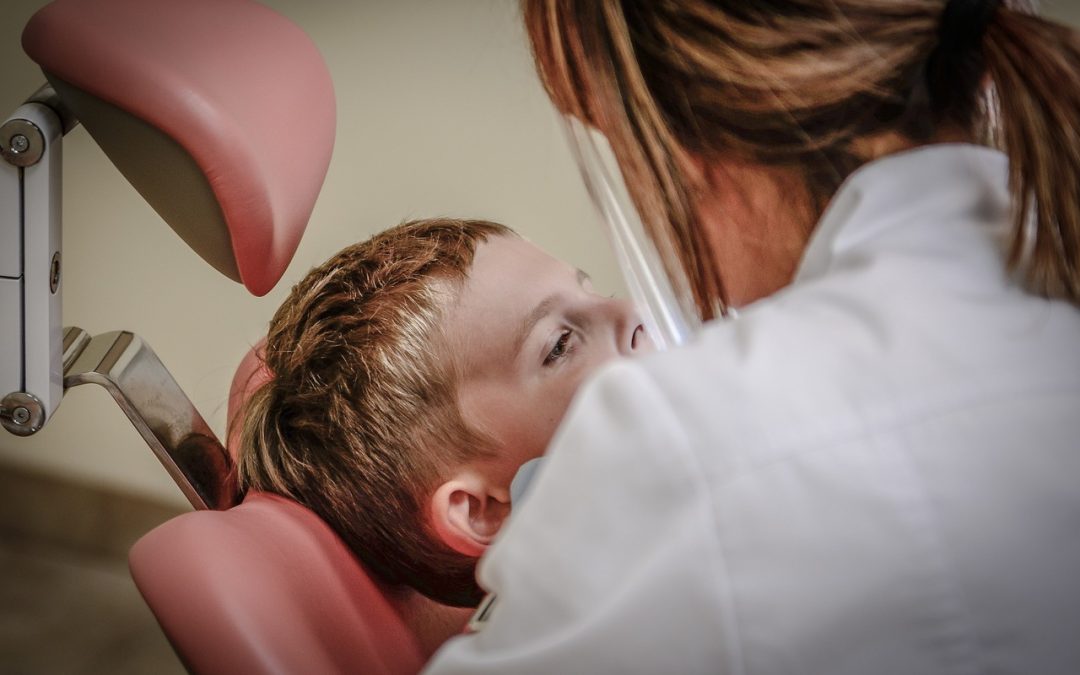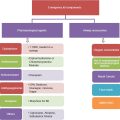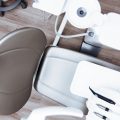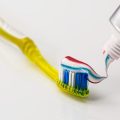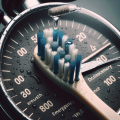So, you’re going about your day, maybe chewing on something tasty or accidentally biting down on something hard, and suddenly, you feel that dreaded crack. Yup, it’s your tooth. You’re left wondering, “How should I handle a broken or fractured tooth?” Don’t panic, my friend! In this article, we’ll explore some practical steps you can take to deal with this unfortunate dental mishap and get you on the path to a healthy smile once again.
Overview
When it comes to a broken or fractured tooth, immediate action is crucial. Understanding the difference between a broken tooth and a fractured tooth is the first step to effectively handling the situation. A broken tooth refers to a tooth with a visible chip or crack, while a fractured tooth involves damage to the tooth’s internal structure. Both can be painful and may require dental treatment, so it’s important to know what steps to take to alleviate pain and prevent further damage.
Immediate Steps to Take
If you find yourself with a broken or fractured tooth, here are the immediate steps you should take:
Rinse your mouth with warm water
Rinsing your mouth with warm water can help clean the area and provide temporary relief. Swish the water around, ensuring it reaches the affected tooth.
Control bleeding with gauze or a clean cloth
If your tooth is bleeding, apply gentle pressure with gauze or a clean cloth. This will help stop the bleeding and promote clotting.
Apply a cold compress to reduce swelling
To reduce swelling and alleviate pain, apply a cold compress to the affected area. This can be done by wrapping ice cubes in a cloth or using a cold pack. Apply it to your cheek near the broken or fractured tooth.
Take over-the-counter pain relievers if necessary
If you’re experiencing pain, over-the-counter pain relievers such as ibuprofen can help provide temporary relief. However, it’s important to consult with a dentist before taking any medication, especially if you have underlying medical conditions or are taking other medications.
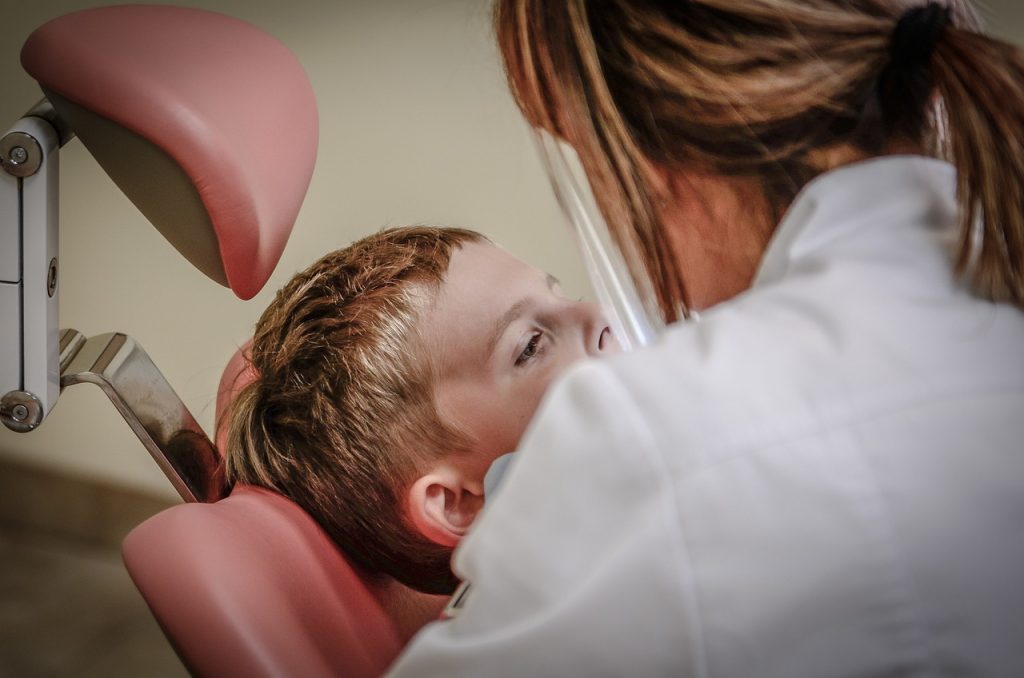
Handling a Chipped Tooth
A chipped tooth is a common dental issue that can occur due to various factors such as trauma or biting on hard objects. If you find yourself with a chipped tooth, follow these steps:
Save any broken pieces
If a piece of your tooth has broken off, try to locate it and save it. Depending on the severity of the chip, a dentist may be able to reattach the fragment, so it’s important to keep it safe.
Rinse the mouth with warm water
Gently rinse your mouth with warm water to clean the area around the chipped tooth. This will help remove any debris and reduce the risk of infection.
Cover sharp edges with dental wax
If the chipped tooth has sharp edges that could potentially cause injury to your tongue or cheeks, you can temporarily cover those edges with dental wax. This can be purchased at most drugstores and will provide a protective barrier.
Dealing with a Cracked Tooth
Unlike a chipped tooth, a cracked tooth involves damage to the tooth’s structure. If you suspect you have a cracked tooth, follow these steps:
Avoid chewing on that side
To prevent further damage to the cracked tooth, avoid chewing on the affected side. This will minimize pressure on the tooth and reduce the risk of worsening the crack.
Use a temporary dental adhesive or sugarless gum
If the crack in your tooth is causing discomfort, you can use a temporary dental adhesive or sugarless gum to hold the cracked portions together temporarily. This is a temporary solution and should not replace professional dental treatment.
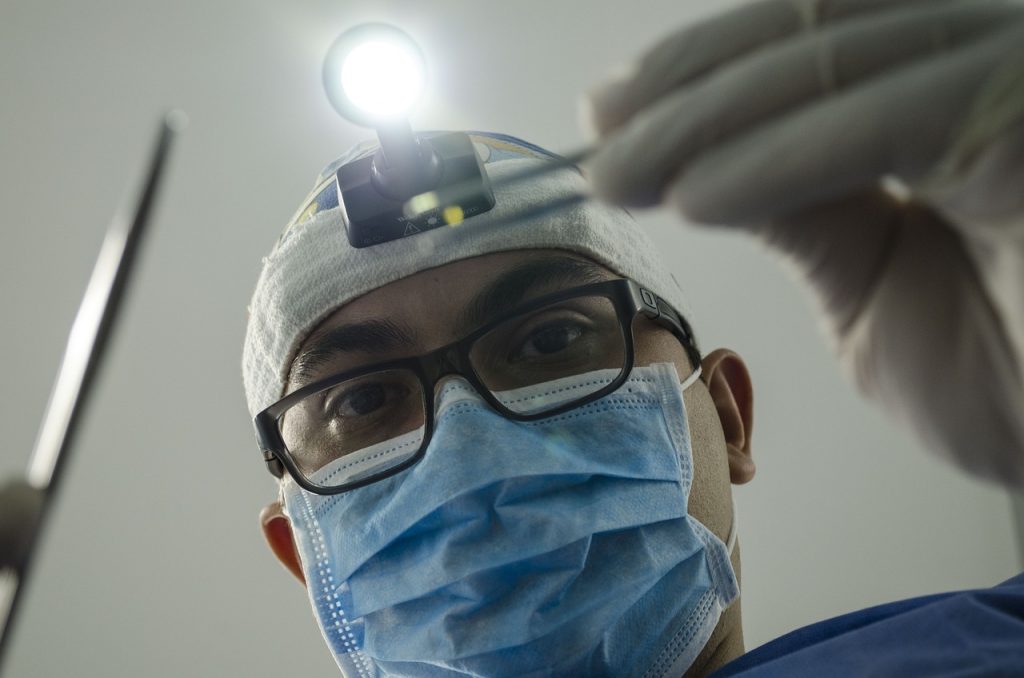
Handling a Knocked-Out Tooth
A knocked-out tooth requires immediate attention and prompt action to increase the chances of successful reimplantation. If you find yourself with a knocked-out tooth, follow these steps:
Handle the tooth by the crown
When handling a knocked-out tooth, it’s important to avoid touching the tooth root. Ideally, only touch the tooth by the crown (the visible part that is normally exposed in the mouth).
Rinse the tooth with milk or saline solution
If possible, rinse the tooth gently with milk or a saline solution. This will help remove any dirt or debris while also keeping the tooth’s cells nourished.
Place the tooth back in its socket if possible
In some cases, a knocked-out tooth can be placed back into its socket. Gently try to reposition the tooth and hold it in place using gentle pressure. If this isn’t possible, the next best option is to transport it in milk or a saline solution to prevent it from drying out.
Addressing a Dislodged Tooth
A dislodged tooth refers to a tooth that has been pushed out of its original position, either partially or completely. If you experience a dislodged tooth, follow these steps:
Reposition the tooth gently
Using your fingers, try to reposition the dislodged tooth back into its original position. Apply gentle pressure and avoid forcing it into place.
Bite down on a clean cloth or gauze
Once you’ve repositioned the tooth, bite down on a clean cloth or gauze to hold it in place temporarily. This will help stabilize the tooth until you can see a dentist.
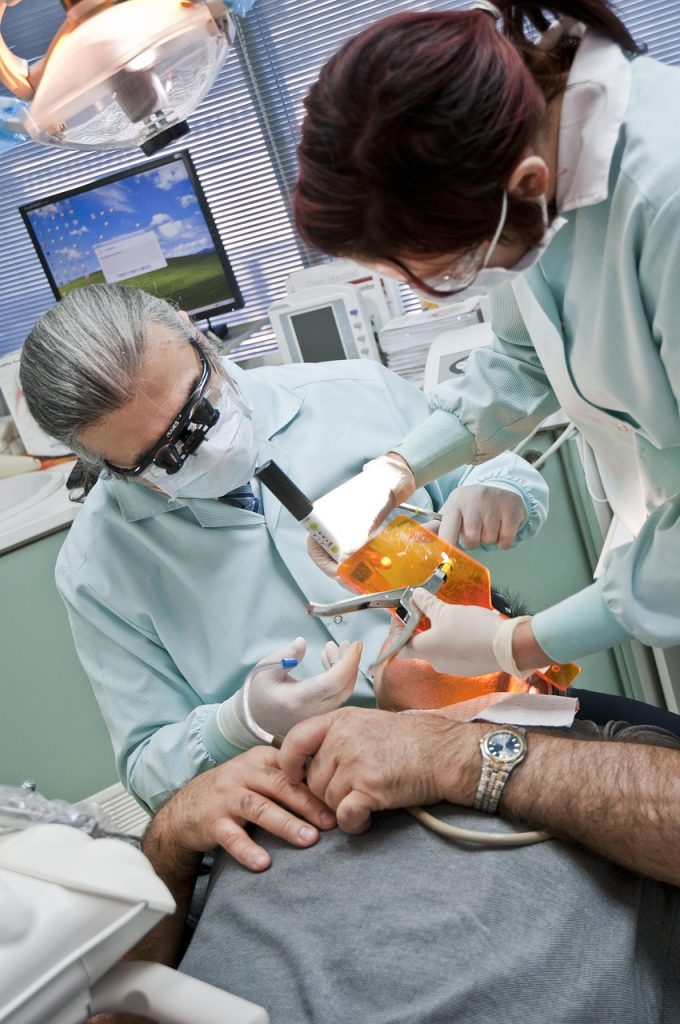
Managing a Split Tooth
A split tooth is one of the most severe forms of tooth damage, typically resulting from an untreated cracked tooth. If you suspect you have a split tooth, follow these steps:
Rinse your mouth with warm water
Rinsing your mouth with warm water can help soothe any pain or discomfort associated with a split tooth. Additionally, it will help clean the area and remove any debris.
Avoid biting or chewing on the affected area
To prevent further damage to the split tooth, avoid biting or chewing on the affected area. Stick to softer foods that are easier to chew and won’t put additional stress on the tooth.
Seeking Immediate Dental Care
While the immediate steps mentioned above can help alleviate pain and prevent further damage, it’s essential to seek immediate dental care for any broken or fractured tooth. Contacting an emergency dentist should be your next course of action.
Explaining the situation to ensure timely treatment
When you reach out to an emergency dentist, explain the situation in detail. Provide them with a clear description of the dental issue, including any symptoms you are experiencing. This will help them understand the urgency of your situation and provide the appropriate treatment.
Preventing Further Damage
To prevent further damage to your teeth in the future, there are several measures you can take:
Avoid biting down on hard objects
Biting down on hard objects, such as ice or pens, can increase the risk of tooth damage. Avoid using your teeth as tools and be mindful of the foods and objects you put in your mouth.
Wear a mouthguard during sports or high-risk activities
If you participate in sports or activities that carry a risk of dental injury, wearing a mouthguard can provide an added layer of protection. Mouthguards help absorb and distribute the force of impact, reducing the risk of tooth fractures or loss.
When to Save or Discard Broken Pieces
In certain situations, it may be possible to save and potentially reattach broken pieces of a tooth. However, not all cases warrant salvaging the fragments. Several factors determine whether broken pieces should be saved or discarded:
Factors determining the salvaging of broken pieces
The size and location of the broken piece, as well as the extent of the damage, play a role in determining whether the fragment can be salvaged. It’s best to consult with a dentist, who will assess the situation and make an informed decision based on factors specific to your case.
Guidelines for preserving and transporting tooth fragments
If advised by a dentist to save the broken pieces, it’s important to handle them carefully. Gently rinse the fragments with water or saline solution to remove any debris. Then, place the pieces in a clean container with milk or your saliva to keep them moist. Avoid using water as it can cause damage to the fragile tooth structure.
In conclusion, a broken or fractured tooth can be a painful and alarming situation. Taking immediate action and following the steps mentioned above can help alleviate pain and prevent further damage. Remember to seek prompt dental care to ensure the best possible outcome. By practicing preventive measures and being prepared for dental emergencies, you can protect your teeth and maintain a healthy smile.

